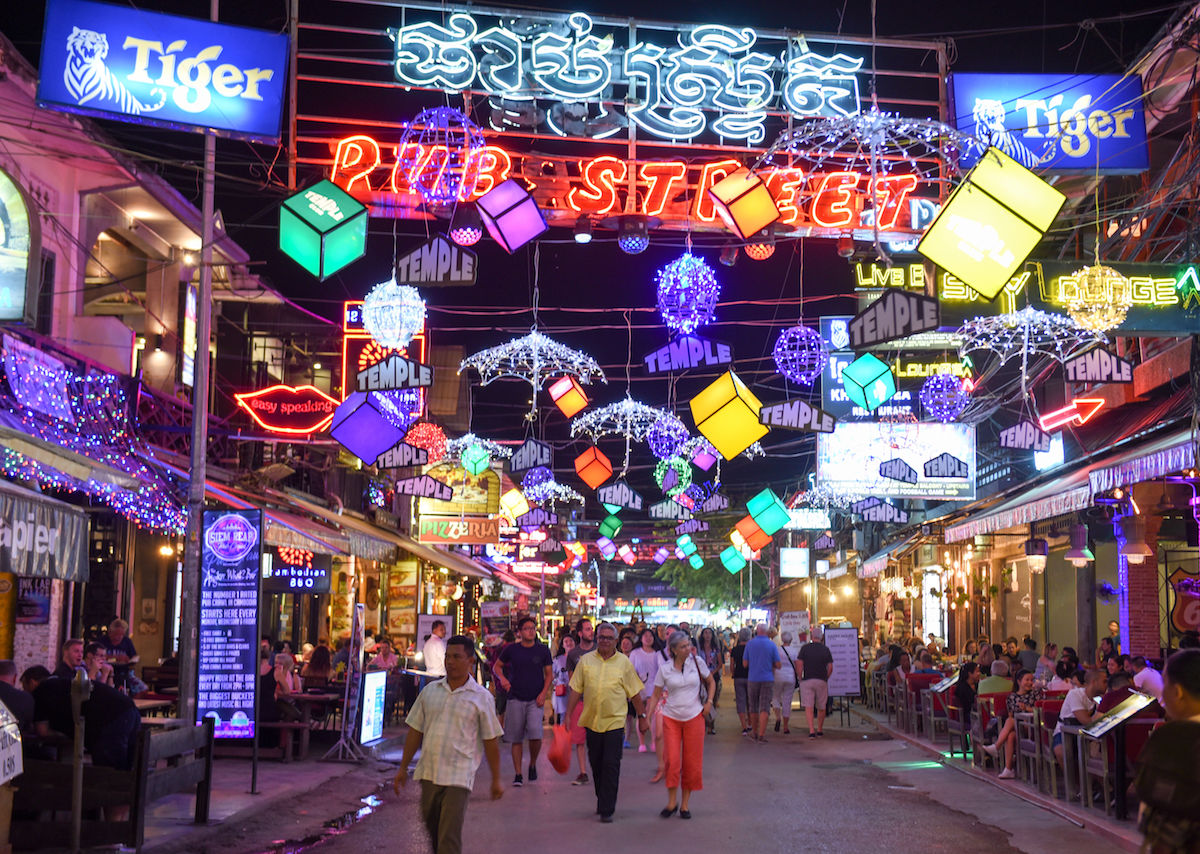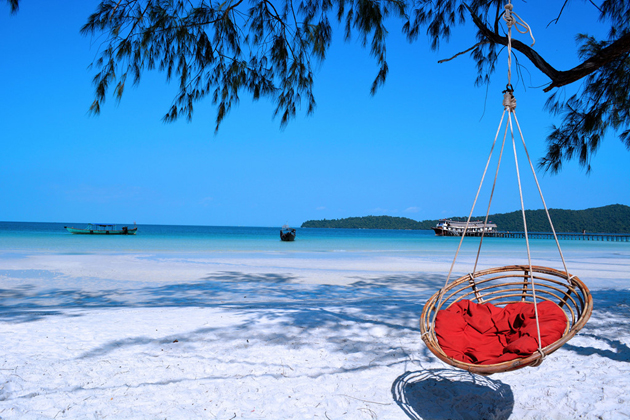Today’s place is a little bit unusual, because I was actually inspired to visit Cambodia at Penn State. When I first came here, I never thought a class could influence me to add a place to my bucket list, but it did! I first learned about the Southeast Asian country in my anthropology class while researching places known for their archaeological ruins. After taking one look at the vivid and curious pictures, I knew that Cambodia was a place I wanted to look past what was in the course curriculum.
Starting off with what caught my attention in the first place is Angkor Wat.

Made a UNESCO World Heritage site in 1992, Angkor Wat is one of the largest temples in the world. Its history began in the 12th century when it was most likely built by Khmer King Suryavarman II in dedication of Vishnu, the Hindu god of preservation. However, what fascinated me even more than the history was the symbolic design. Interestingly enough, the shape of the temple is supposed to represent Mount Meru (a sacred mountain in Hinduism). There are also thousands of intricate carvings of heavenly nymphs (apsaras). Angkor Wat is so well known that it is even featured on the Cambodian flag!

Cambodia actually has many other temples — more than 4000 to be specific — and they all have rich histories and beautiful architectural styles. Imagine a run-down temple overgrown by trees, sweeping in every direction. This is not a fantasy; it is Ta Prohm, a Bhuddist temple that has been overtaken by the surrounding forest.

Another temple that is just as intriguing is Bayon and the smiling faces that adorn the stone. But if you look closely, the faces actually represent the avatars associated with Buddhism. If you have the time to spare, I think that it is so worth it to visit these temples and see not only how different religions are celebrated, but also how the architecture has changed with time.
Something a little different is Siem Reap, which is actually at the base of Angkor Wat, but is often overlooked due to the grandiosity of the temple. But this city is a hidden gem. Take in the rich French colonial and classical Chinese architecture while exploring the chic contemporary accommodations.

One of the most famous activities is taking a bicycle or ATV tour of the rice fields and beautiful countryside. If that seems too extreme, you could also try browsing the bustling street markets for traditional crafts, aesthetic cafes and perciular massages (red garra fish maybe?). To end the night, check out Phare, a circus where performers use music, acrobatics, dance and magic to blend traditional and modern Cambodian stories. Highly rated and luxurious, it will truly be a night to remember!

Of course, it wouldn’t be one of my blog posts if I don’t get to mention a beach somewhere 🙂
Today’s location is Koh Rong Samloem, which is more lowkey than the neighboring Thailand’s beaches. The Cambodian shore offers sandy beaches with beach huts and hammocks that will let you end your excursion on a relaxing note.

So, why go to Cambodia? Well, if you like culturally significant monuments and lowkey beaches, this country is for you!
Wow. I have never been interested in going to Cambodia…but now I absolutely have to travel here. This place is so beautiful and you really articulated the culture and how that plays a role into how it looks. I really like how you take the time to really break down the culture and give examples of what people can do when they visit these countries. I think that it is so important to do this because it really excites readers and makes want to go here. You definitely convinced me to go to Cambodia one day.
I love the concept of your blog. I never knew how gorgeous of a place Cambodia is. I am definitely adding it to my bucket list and visiting Ta Prohm while I’m there. It looks so cool!